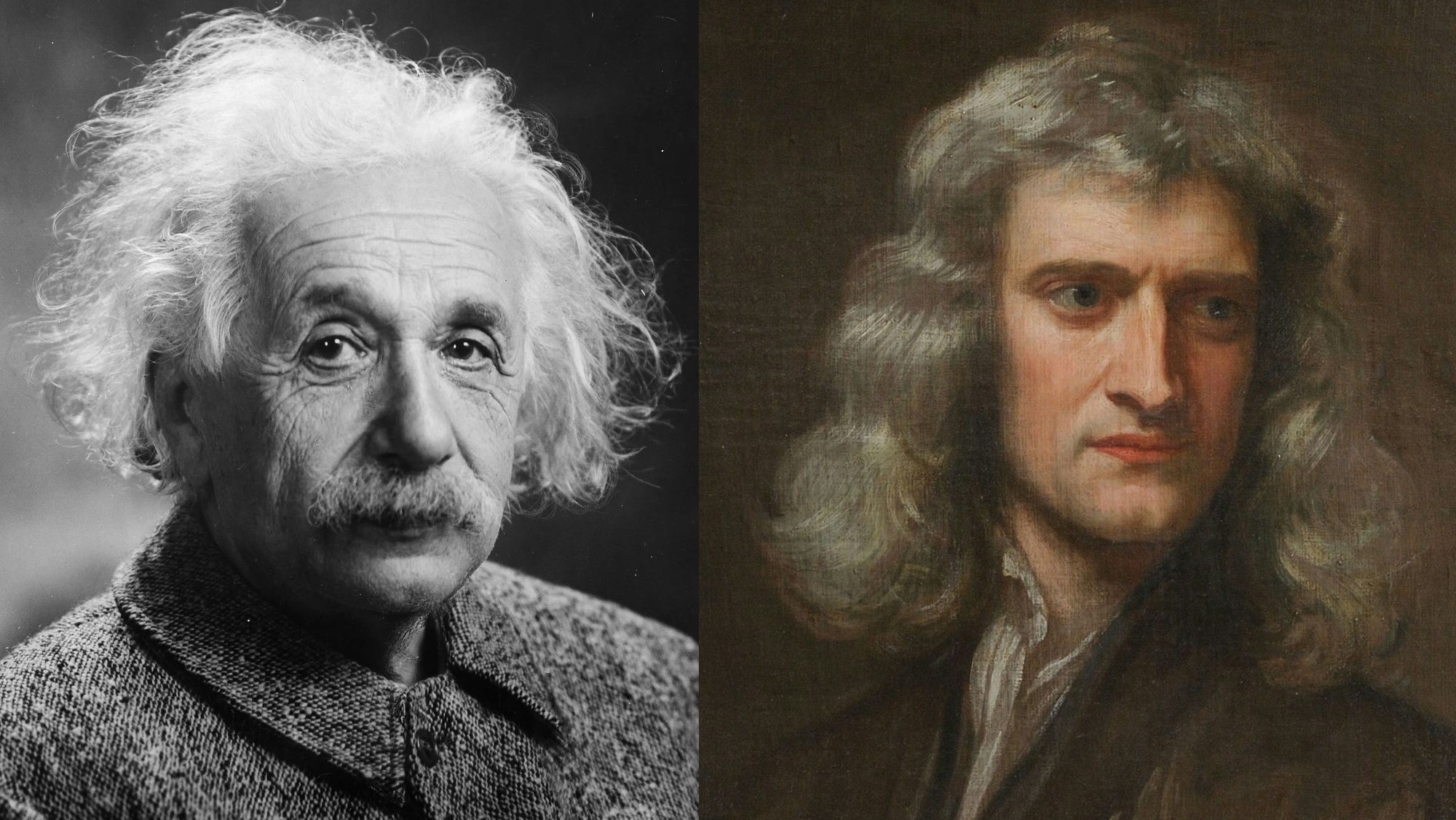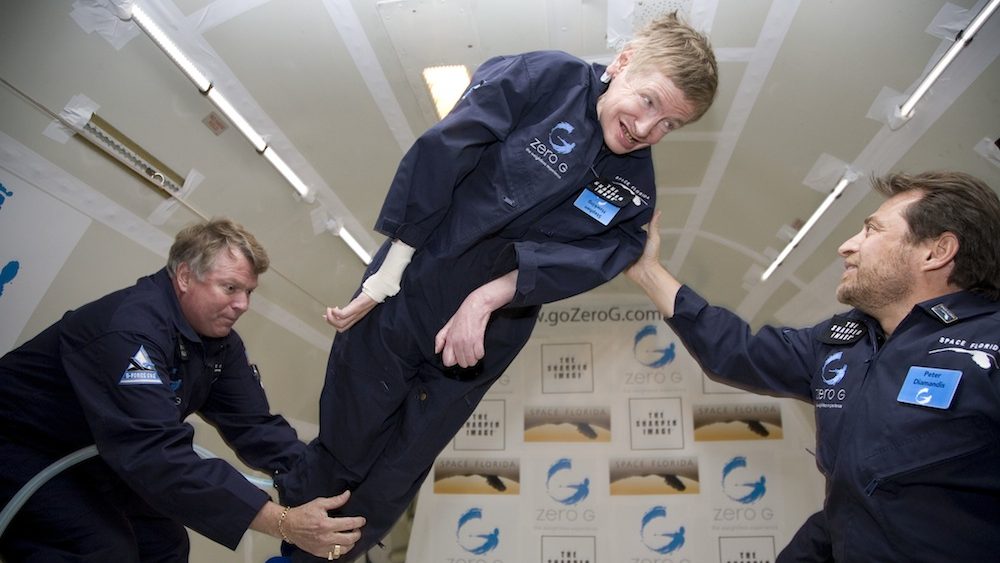How Conducting Galileo’s Classic Experiment In Space Proved Einstein Right

An experiment designed by the legendary Italian astronomer Galileo Galilei (1564 – 1642) was recreated in space and proved another famous scientist right, confirming a part of Einstein’s theory of gravity with unprecedented precision.
The original experiment allegedly involved Galileo dropping two balls from the Leaning Tower of Pisa. Doing that proved that they fell at the same rate, regardless of what they were made of. While it’s still debated if Galileo actually carried out such an experiment, scientists performed a similar one in an Earth-orbiting satellite.
Instead of balls, however, the researchers from the French-led MICROSCOPE satellite science team had two hollow cylinders free-falling inside a satellite for over 120 orbits or eight days worth of time. What they found is that accelerations exhibited by the cylinders matched to a two-trillionths of a percent. So pretty well.
The results support the equivalence principle of Einstein’s general theory of relativity. It states that an object’s inertial mass, which determines the amount of force needed for acceleration, is equal to the gravitational mass – an indication of how the object is affected by the gravitational field. This idea proposes that things fall at the same rate in a vacuum (without air resistance), even if they are made of different stuff and have varying masses.
Here’s more on how the equivalence principle works:
To conduct the experiment, the scientists put a hollow cylinder made of platinum alloy into another hollow cylinder made of titanium alloy. The satellite used electrical forces to keep the two aligned as the objects fell in orbit around Earth. A difference in the amounts of applied forces would have potentially indicated a violation of the equivalence principle. No such differences were observed between them, achieving 10 times the precision of previous tests.
The scientists hope to achieve precision that’s 100 times better than what others have been able to pull off. Why? Because even though the equivalence principle has held so far, there have been predictions that violations of the principle could be observed at some level that’s not been detected yet. Understanding if that’s true could hold the key to reconciling general relativity with quantum physics.
You can read the study here, in Physical Review Letters.





